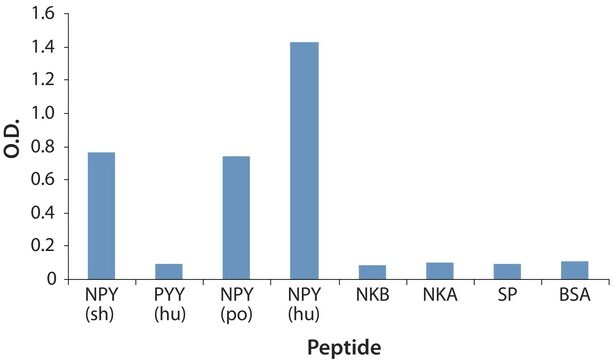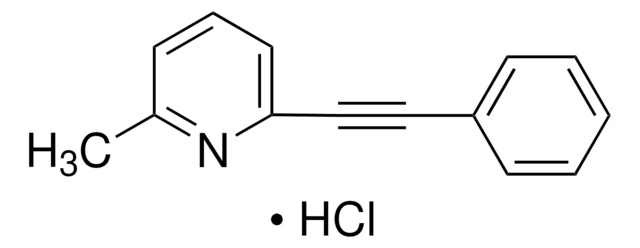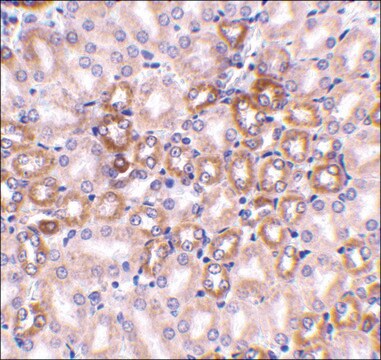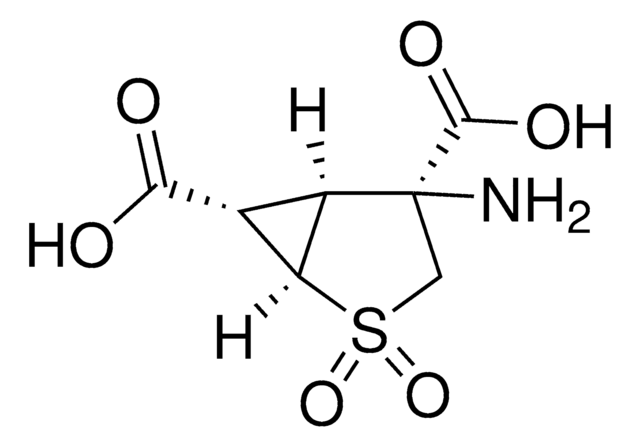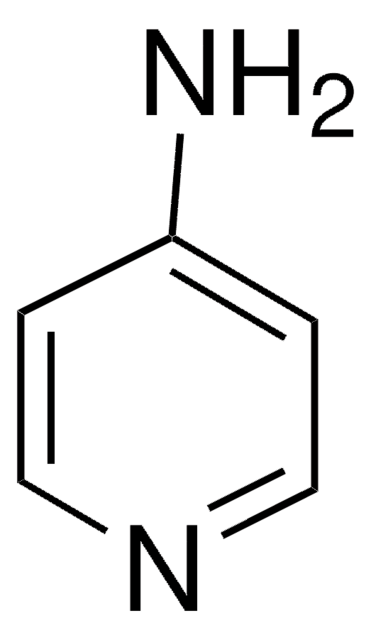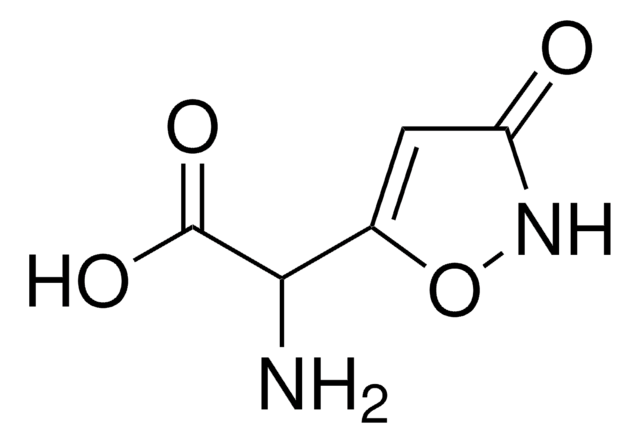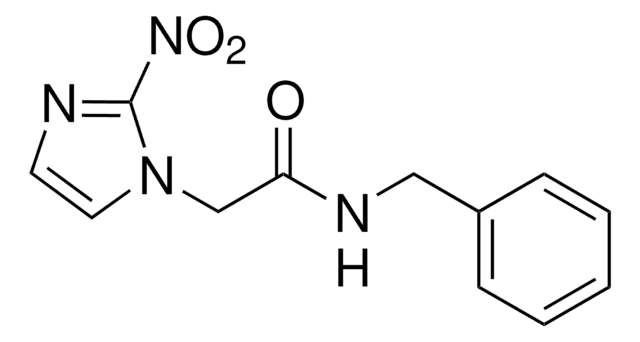M4699
MTEP hydrochloride
≥98% (HPLC)
Sinônimo(s):
MTEP hydrochloride, 3-[(2-methyl-1,3-thiazol-4-yl)ethynyl]pyridine hydrochloride
About This Item
Produtos recomendados
Ensaio
≥98% (HPLC)
condição de armazenamento
desiccated
cor
white to beige
solubilidade
H2O: 30 mg/mL, clear
originador
Merck & Co., Inc., Kenilworth, NJ, U.S.
temperatura de armazenamento
2-8°C
cadeia de caracteres SMILES
Cl.Cc1nc(cs1)C#Cc2cccnc2
InChI
1S/C11H8N2S.ClH/c1-9-13-11(8-14-9)5-4-10-3-2-6-12-7-10;/h2-3,6-8H,1H3;1H
chave InChI
YCIOJDKGCWAHLR-UHFFFAOYSA-N
Categorias relacionadas
Ações bioquímicas/fisiológicas
Características e benefícios
Código de classe de armazenamento
11 - Combustible Solids
Classe de risco de água (WGK)
WGK 3
Ponto de fulgor (°F)
Not applicable
Ponto de fulgor (°C)
Not applicable
Escolha uma das versões mais recentes:
Certificados de análise (COA)
Não está vendo a versão correta?
Se precisar de uma versão específica, você pode procurar um certificado específico pelo número do lote ou da remessa.
Já possui este produto?
Encontre a documentação dos produtos que você adquiriu recentemente na biblioteca de documentos.
Conteúdo relacionado
DISCOVER Bioactive Small Molecules for Neuroscience
Nossa equipe de cientistas tem experiência em todas as áreas de pesquisa, incluindo Life Sciences, ciência de materiais, síntese química, cromatografia, química analítica e muitas outras.
Entre em contato com a assistência técnica
